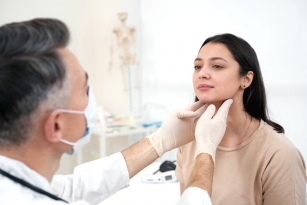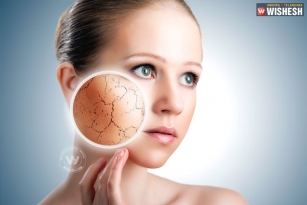
Till date all we have knowledge about skin problems could be our skin affected with pimples, dark circles under our eyes and even the pigmentation problems… let us know to what more extent we could be infected with the variety of skin problems.
All skin color — from the lightest to the darkest — is created by melanin, a brown pigment produced by cells called melanocytes, which are found in the top layer of your skin. Without these cells, all humans would be various shades of pink because of blood that flows to the skin.
When melanocytes become damaged, they can produce either too much or too little melanin, resulting in problems ranging from the brown patches associated with melasma to the white patches associated with vitiligo. Abnormal darkening is known as hyperpigmentation, and abnormal whitening is known as hypopigmentation.
Although most skin pigmentation disorders are medically harmless, they can have a devastating effect on your appearance and self-esteem, especially if they cover large areas. Fortunately, medical treatments are available to treat most brown patches and white patches.
Getting to the Root of Skin Pigmentation Disorders
There are three main types of skin pigmentation disorders:
• Melasma, which is characterized by irregular, patchy areas of dark skin, usually on both sides of the face — although it can also affect the forehead, upper lip, or nose. Although melasma often occurs during pregnancy — which is why it's sometimes known as the "mask of pregnancy" — it affects both men and (non-pregnant) women, especially those who have spent a lot of time in the sun. Melasma can also result from inflammation or injuries, including cuts, burns, and scrapes, or develop in healed acne lesions.
• Vitiligo, which is characterized by smooth, white patches of skin, usually around the mouth, eyes, or backs of the hands — although it also can affect the elbows, knees, shins, and genitals. Vitiligo is associated with autoimmune disorders, including thyroid disease, and is more common in people with diabetes, Addison's disease, and pernicious anemia. It can be especially distressing in people with darker complexions.
• Albinism, an inherited disorder characterized by an absence of melanin. Although albinism is most common in whites, it can affect people of any race, and results in a lack of pigmentation in skin, hair, and eyes.
Treatment for Skin Pigmentation Disorders
With the exception of albinism, which is incurable, people with skin pigmentation disorders have many options for treatment.
For melasma, home treatments include concealing cosmetics and over-the-counter creams containing the skin-lightening agent hydroquinone. If the creams don’t reduce your brown patches within a few weeks, consult your doctor or dermatologist. After testing your skin with a Wood's lamp, a device that determines how deeply the melasma has penetrated your skin, he or she may recommend:
• A higher-strength prescription hydroquinone cream.
• A prescription cream containing a combination of hydroquinone, retinoic acid, and mild hydrocortisone.
• A prescription cream containing a combination of tretinoin, kojic acid, and azelaic acid.
If the melasma has penetrated deeper layers of your skin, your doctor may recommend:
• Microdermabrasion or dermabrasion.
• Chemical peels.
• Laser treatments.
This is only a type of disease in Pigmentation problem. Moving further I would get you more information about various skin problems. My idea is not to cause worry in you about these problems but to caution you to maintain, protect and enhance your beauty.


























